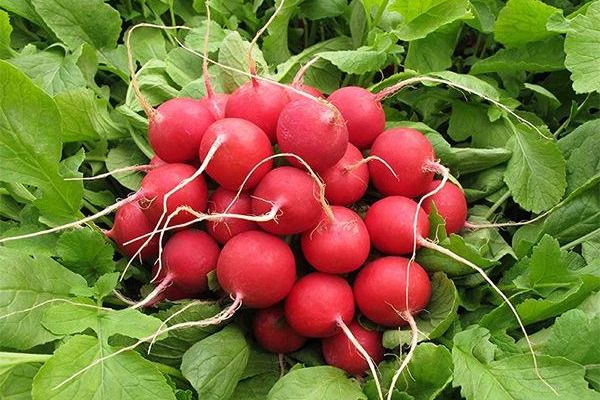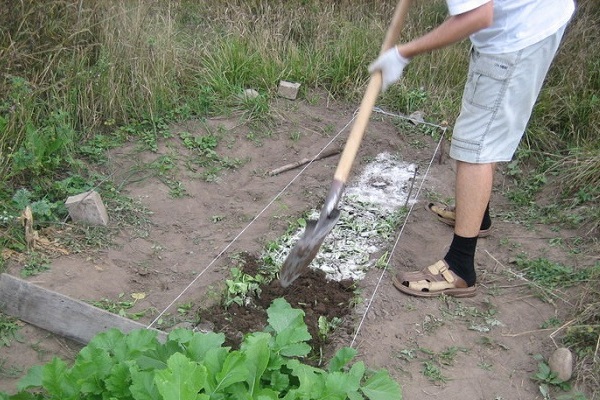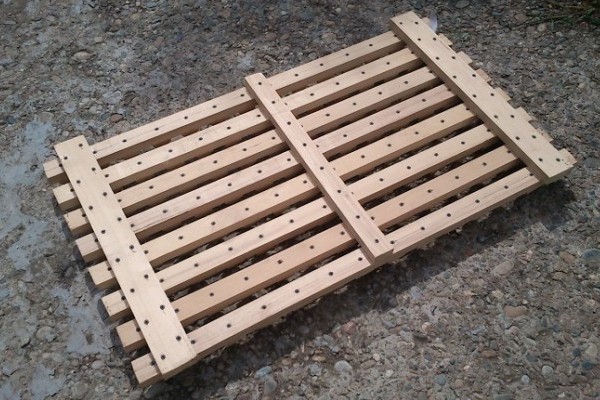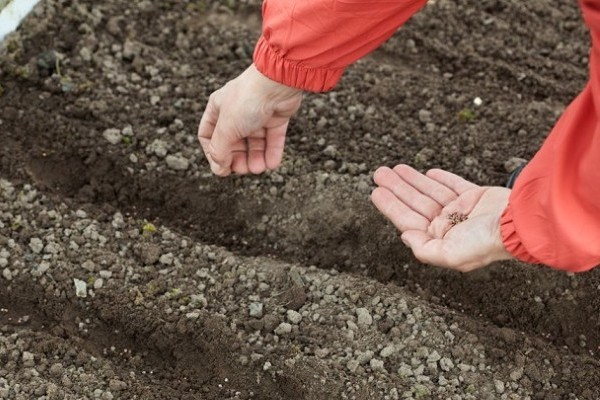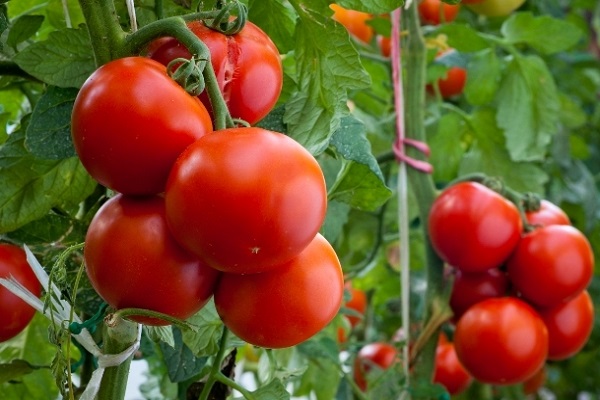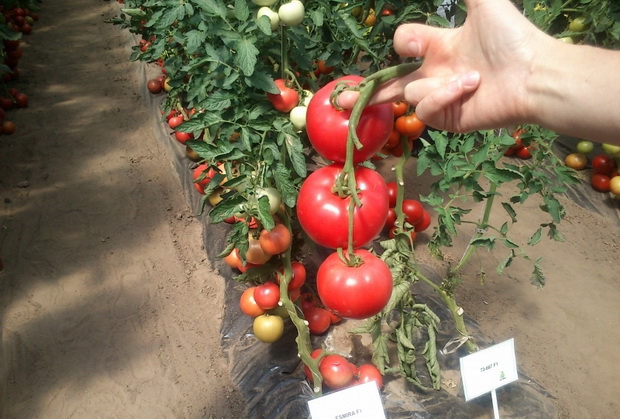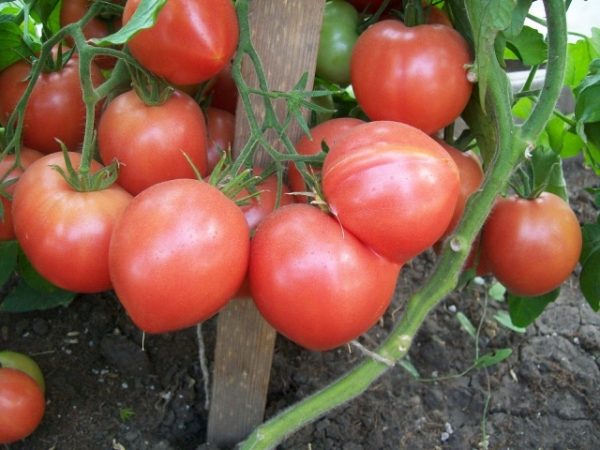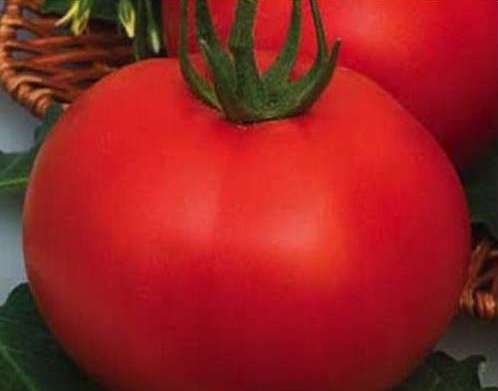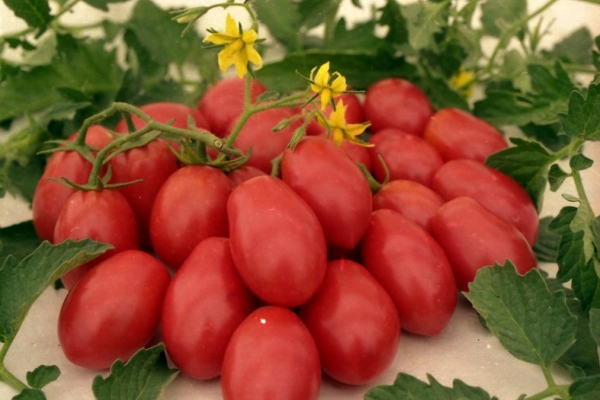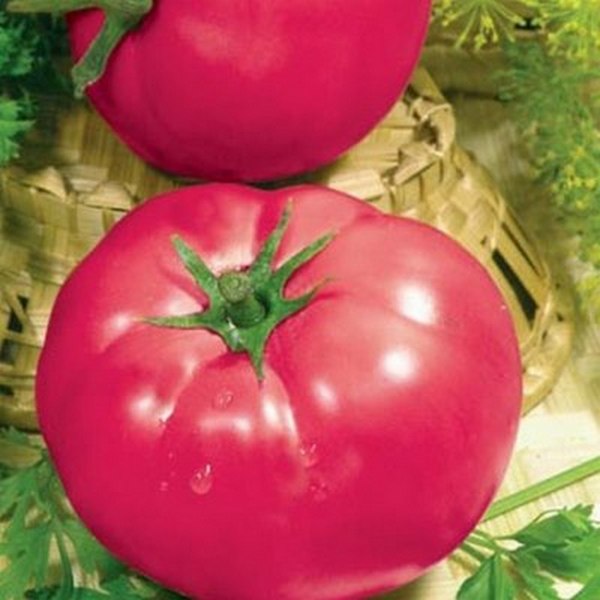One of the earliest crops that gardeners usually sow at the end of winter is radish, its roots are saturated with vitamins and microelements necessary for the body. When grown in film and glass greenhouses, the F1 radish will be present in the diet all year round.
Characteristics and features of the variety
The variety, or rather a hybrid, is named by the male name Sora, its homeland is Holland. Not so long ago, he migrated to our territory, becoming popular among gardeners, due to its universal characteristics:
- The diameter of bright pink roots reaches 5 cm, the weight ranges from 30 to 37 grams, the pulp of the radish is tender and juicy, without voids inside;
- The green part of the plant is compact, the rosette of leaves is small;
- The early maturity of the hybrid creates conditions for the sale of early products on the market. The ripening period takes 20-22 days, sometimes it lasts up to 55, it depends on the sowing period and the degree of illumination;
- The yield is about 175 kg / ha (1.75 kg / m²);
- Good preservation without loss of properties and presentation for a long period;
- Heat resistance - the vegetable tolerates high air temperatures;
- High tolerance of Sora's radish to cold weather, according to the descriptions of gardeners; seed germination occurs at 3-4 ° C heat. The optimum temperature for a vegetable is from 12 ° to 15 ° C (until the moment when the fruit begins to form) and further from 15 ° to 18 ° C;
- Frost resistance - in the spring in the open field tolerates short frosts (-2-3 ° C).
Agrotechnical measures
Experienced gardeners manage to collect several bountiful harvests per year. The key to success lies in adhering to agricultural practices that take into account soil fertility, in providing the necessary conditions and care.
Fertilizers, soil preparation
Sora's radish needs light, fertile soil on which vegetable plants grew in the previous year. It is not recommended to place crops on plots where its “relatives” were its predecessors: daikon, lettuce, spinach, cabbage, arugula, radish. Diseases of the plants of the previous year can spread to the new crop. Before sowing, the soil is fertilized.
When fertilizing with manure, make sure that it is rotten; it cannot be brought in fresh. In order for top dressing to be complete, the place for the vegetable crop is filled with humus at the rate of 4-5 kg per 1 m², embedding the substance into the soil when digging.
In the autumn period, in addition to organic matter, potash and phosphorus fertilizers are applied at the rate of 600-900 g of active ingredient per hundred square meters (superphosphate 3-4.5 kg and potassium sulfate 1.2-1.8 kg). At the onset of early spring, the soil is cultivated with a harrow or rake to avoid cracks and moisture evaporation. Cultivation carried out in a couple of days to a depth of 3-4 cm is accompanied by the introduction of nitrogen in the composition of 2.3-2.9 kg of ammonium nitrate.
Sowing
It is better to sow a hybrid in several steps, with an interval of half a month. There are several ways to add seeds:
- rows with a distance between seeds of 3-5 cm, between rows - 12 cm with a seeding depth of 1 to 1.5 cm;
- solid (for compact areas);
- by tape method.
If there is no place to "roam" on the site due to lack of space, sowing plants can be carried out using a marker-seeder - an auxiliary device made of planks with teeth at a distance of 5 x 5, 1 cm high, this corresponds to the depth of the row. Thus, a continuous, but not thickened crop is obtained. 400 seeds are sown on 1 m².
When sowing varietal radishes, the soil surface should be leveled, moistened, and the lumps should be kneaded. Seeds are laid out in the holes made - balls, the row is closed and slightly compacted.
This method increases the yield up to 5 kilograms of vegetables from 1 sq.m.
In terms of time, sowing can be spring, sub-winter and winter.
Spring sowing
Early production is obtained on condition that the place is prepared in the fall, with the obligatory introduction of 1 bucket of rotted manure per square meter. The soil is well watered, funnels are made and seeds are placed in them.
Then lightly compacted by hand to speed up germination. After 3-4 days, young shoots will appear. In the evenings, it is advisable to cover the crops with foil or agrofibre. In the morning, the covering material is removed.
Sowing before winter
The plot is chosen flat, with a slope to the south. In spring, water should not accumulate and stagnate on it. In autumn, at the end of October, rows are marked. Later, in the first half of November, when the frosts become stable, the dry seeds are placed in the holes made. After that, the sown rows are sprinkled with compost or humus prepared in advance.
Winter seed placement
Sowing in winter (from December to February) is carried out in frozen ground, this contributes to the receipt of the first root crops two weeks earlier, compared to spring. In October, the beds are prepared by cutting funnels 4-5 cm deep.
Care
The end result will only be achieved with proper plant care. If everything succeeded during cultivation, and the crop is pleasing to the eye, this means that all the rules are followed:
- seedlings were watered often, every day, which prevented stretching and thickening;
- the thickening of the sowing was eliminated, after which there was one sprout 5 cm;
- the soil between the rows was regularly loosened, moistened and mulched with a layer of compost or humus (2 cm), which prevented it from drying out and cracking;
- there is no bitterness in the fruits, the seedlings do not shoot and do not crack, there is no flowering either, therefore, the watering was carried out correctly.
Disadvantages of the variety
Judging by the reviews of summer residents and gardeners involved in the cultivation of radishes, this type of drawbacks practically does not have. If there is minimal bitterness, then the reason for this may be a lack of moisture in dry weather, especially in the southern regions.
Sometimes for the same reason, plants can throw out an arrow. it
can occur with a prolonged period of cold weather.
Sora's Benefits
There are more advantages of varietal radishes than disadvantages. They are obvious:
- getting early production, fast growth;
- during summer cultivation, unlike other varieties, it does not form arrows;
- has immunity to bacteriosis and powdery mildew;
- characterized by excellent transportability and presentation;
- there are no voids in the root crop;
- refers to varieties of high productivity and productivity;
- possesses heat resistance and frost resistance.
Radish is a useful crop for the systems of the human body. It is necessary to eat it. The presence of fiber helps the organs of the gastrointestinal tract, inducing appetite. It is used to prevent diseases of the cardiovascular system, the vegetable helps to slow down the development of gout. In addition, roots improve complexion, relieve puffiness.
